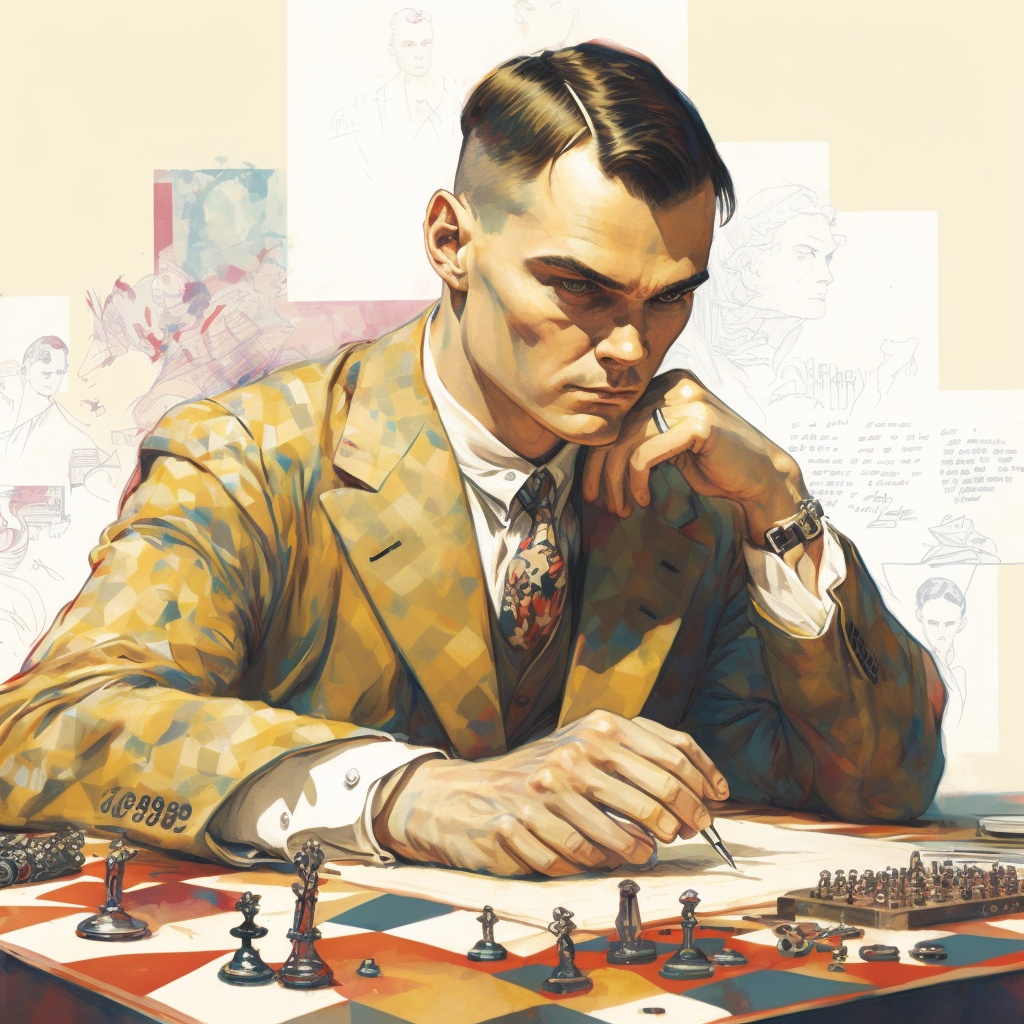A buzzword, a flash in the pan or something far more sinister? AI has been making headlines for quite a while but only recently has the creative community and the general public taken a vested and serious interest in the field and the power of this tech.
Dalle, Midjouney, stable diffusion and a host of other companies have lit the touchpaper and the AI creative race is generating massive interest. What is AI, what does it all mean and should I throw my Alexa out the fusking window? All valid questions that I will try and answer on this blog.
AI stands for artificial intelligence, which refers to the ability of a computer or machine to mimic or replicate intelligent human behavior. This can include tasks such as learning, problem-solving, decision-making, and natural language processing.
AI has become an increasingly important field in recent years, with advances in machine learning and data analysis enabling machines to perform a wide range of complex tasks. However, there is still much work to be done in order to fully understand and replicate the full range of human intelligence.
The first known application of AI was in a chess-playing program developed by mathematician and computer scientist Alan Turing in the 1950s. Turing's program, which he called the "Turing Test," was designed to mimic the decision-making abilities of a human chess player. While the program was not particularly successful at playing chess, it was an early example of how AI could be used to replicate human intelligence and decision-making. Since then, AI has been applied to a wide range of tasks and industries, including healthcare, finance, and transportation.

There are many different areas of AI, including machine learning, natural language processing, robotics, computer vision, and expert systems.
Machine learning involves the use of algorithms and statistical models to enable a computer or machine to improve its performance on a specific task over time. This can include tasks such as recognizing patterns in data, making predictions, or making decisions based on data inputs.
Natural language processing (NLP) involves the use of AI to enable computers to understand, interpret, and generate human language. This can include tasks such as speech recognition, language translation, and text analysis.
Robotics involves the use of AI to control and manage the actions of robots, allowing them to perform a wide range of tasks in different environments.
Computer vision involves the use of AI to enable a computer or machine to interpret and understand visual data, such as images or video. This can include tasks such as object recognition, image classification, and scene understanding.
Expert systems involve the use of AI to replicate the knowledge and expertise of human experts in a specific domain, such as medicine or finance. This can include tasks such as making diagnoses or providing financial advice.
It is unlikely that AI will take over the world in the way that is often depicted in science fiction. While AI has made incredible strides in recent years, it is still limited in its capabilities and is not capable of the kind of independent, self-aware decision-making that would be required for it to take over the world. Additionally, there are many ethical and technical safeguards in place to ensure that AI remains under human control and is used for the benefit of humanity. It is important that we continue to research and develop AI in a responsible manner, so that we can harness its potential to improve our lives without risking negative consequences.

The rise of generative AI art has taken the art world by storm, with galleries and museums around the world showcasing the latest creations from these cutting-edge algorithms. But what exactly is generative AI art, and why is it causing such a stir?
In a nutshell, generative AI art is art that is created by a computer or machine using algorithms and deep learning techniques. This allows the machine to create unique, one-of-a-kind artworks that are based on a set of pre-defined rules or parameters.
The result is a new form of art that blurs the line between man and machine, with creations that are part human and part machine. Some have hailed generative AI art as the next great artistic movement, while others have dismissed it as nothing more than clever gimmickry.
But one thing is for certain: generative AI art is here to stay, and it's only going to get more sophisticated and impressive as the technology continues to evolve. So if you're an art lover, be sure to check out the latest generative AI art exhibitions and see for yourself what all the fuss is about. And if you're not an art lover, well, at least you'll have something to chuckle about the next time you hear someone talking about the rise of AI in the art world.




Related Posts
AI Trailblazers
Jan 06, 2023